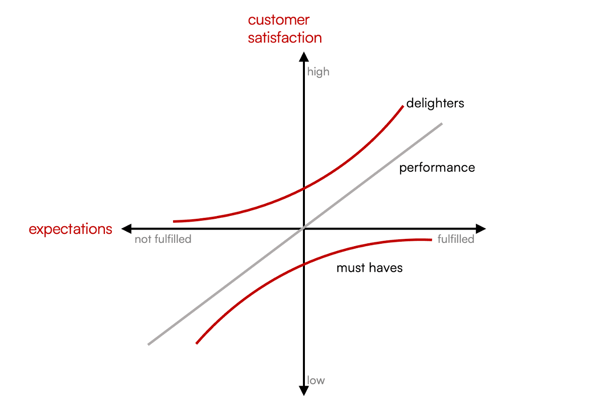What occupational safety can learn from innovation management
Every human being has the capacity to innovate, it just needs to be unleashed. How does your in-house innovation department assist in this regard?

When we talk about innovation, we usually mean product innovations or market-changing business models. Innovations within an organization are often forgotten. Yet they contain a lot of potential.
Occupational safety as an internal driver of innovation
There is always potential for innovation in projects that contribute to the safety, health, or well-being of employees, for example. It's not just a play on words; putting a new label on an EHS (Environment, Health, and Safety) project. There is more to it than that.
It's not just since ChatGPT that companies have been working to leverage artificial intelligence (AI). To predict workplace accidents, for example, AI tools are used to derive patterns from data on near misses and accidents.
Some of you might now be thinking "that can no longer be an innovation, because companies are already using it." Actually, that is not strictly true. An innovation can also be something new for a specific organization irrespective of its state of development in other markets or in other companies.
Internal projects such as these provide several advantages: knowledge about a new technology is developed, successful internal projects increase the attractiveness of the employer brand, they contribute to the long-term success of the company or help towards specific goals (e.g. SDGs, quality or risk management).
Innovation management can be used in a targeted manner to ensure that such projects have a better chance of success.
Innovation: hype or craft
The worst-case scenario with an innovation department is that everybody knows that it exists in the company but nobody understands how to work with it. Like with a machine, sometimes people wish it came with an instruction manual. I would like to provide you with three suggestions to make innovation management work for you.- The trend radar and foresights: "Laws, directives, and regulations can be the impetus or catalyst for innovation," is the view of Daniel Zapfl, CEO of Lead Innovation. This is because the pressure to change creates greater leverage for innovation. One is often confronted with this when it comes to prevention and occupational safety in particular.
Ask colleagues from your innovation department for information on the trend radar or foresights, for example. These tools are used in innovation management to make future developments more predictable. You can use this information and, in the same way, use your expertise to alert the innovation team to emerging changes. - The lead users: You probably know people from your own work environment who admirably make their workplace safer, more efficient, or easier. In innovation research, these types of "tinkerers" are referred to as lead users. Their solution-oriented approach to problems could be the impetus for the next disruptive innovation, where no stone is left unturned.
Lead users can also help solve tricky problems in other areas. The ideal setting for this is when several lead users work together on a solution. Finding suitable candidates, using the right creative techniques and moderating the process should be the responsibility of the innovation team.
- The market: Beyond technological triggers, the market is an important driver of innovation. Organizational innovations address changing workforce needs. In innovation management, the claim in this context is to satisfy unarticulated needs. It thus looks behind the obvious wishes or demands to get to the heart of a problem. It is represented, for example, with the Kano model, which originally comes from quality management (see illustration).

Quelle: https://en.wikipedia.org/wiki/Kano_model
Greiner Packaging provides a good example of how to satisfy unconscious or unspoken demands. The specialist for plastic packaging relies on virtual reality (VR) in occupational safety. With virtual machine tours, trainees learn the condition of complex machines and systems. Thanks to the digital imagery, the trainees gain an insight into how the machines work and, at the same time, simulations can reduce the risk of injuries and accidents.
Innovation managers are not inventors
New things are not produced in innovation departments. Innovation teams are there to create space for innovation in every area of an organization. By letting other departments know how an innovation team can support them, barriers can be broken down.
This means that people like you must take an active role in implementing innovations. Daniel Zapfl also defines the quality of good innovation management in terms of how tangible it is: "Being innovative has to feel down to earth. It can't be a scientized thought construct. Innovation management is high on the agenda of top management, but it is lived by the entire organization." Even if there is a department that has "innovation" in its title, it is the people in an organization who create innovations. This is made possible by holistic innovation management: structures, workflows, processes and a positive culture of innovation.
In prevention work, we know how important it is to have a role model. In a similar way, innovation needs to be exemplified.
The article first appeared in Prävention Aktuell, issue 03-2023.











